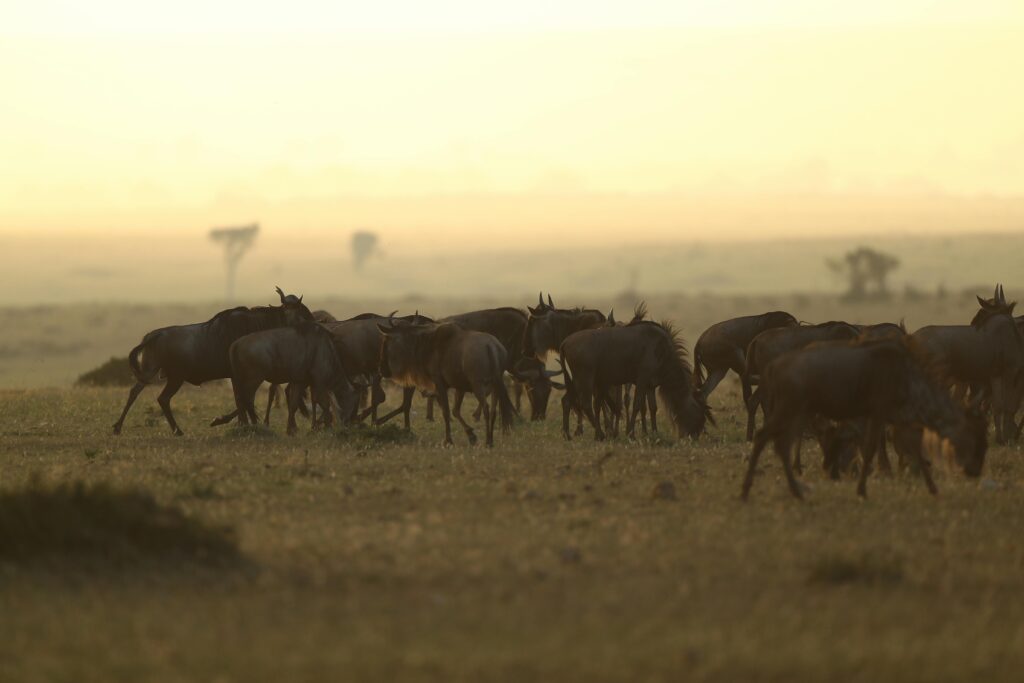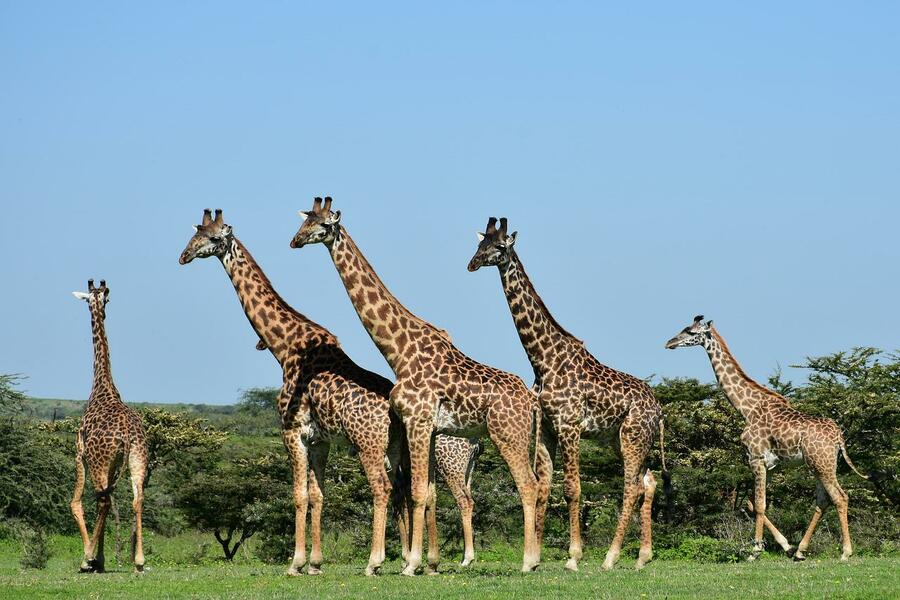The Best Routes for Climbing Kilimanjaro: A Complete Guide
1. Introduction to Climbing Mount Kilimanjaro
1.1 What is Mount Kilimanjaro?
Mount Kilimanjaro is the tallest mountain in Africa, standing at 5,895 meters (19,341 feet). It is located in Tanzania and is one of the most famous trekking destinations in the world. Unlike other high-altitude mountains, Kilimanjaro is a free-standing peak, meaning it is not part of a mountain range. The first recorded ascent was in 1889 by Hans Meyer and Ludwig Purtscheller. Since then, thousands of climbers attempt to reach the summit every year.
1.2 Why Choosing the Right Route Matters
Your choice of route can determine your success rate on reaching to the summit, comfort level, and overall experience. Different routes have varying levels of difficulty, scenery, and acclimatization opportunities. Picking the right path based on your fitness, experience, and time availability is crucial for a safe and enjoyable climb.
1.3 What to Expect When Climbing Kilimanjaro
Climbing Kilimanjaro is challenging due to high altitude, cold temperatures, and long trekking days. Good physical fitness and mental strength are required. The biggest challenge is altitude sickness, which can affect even the fittest climbers. Proper acclimatization, hydration, and a slow pace help increase your chances of reaching the summit.
2. The Most Popular Kilimanjaro Routes: Pros and Cons
2.1 Marangu Route (Coca-Cola Route)
This is the only route with hut accommodations, making it more comfortable. It is also the shortest, typically taking five to six days. However, because of the rapid ascent, the success rate is lower.
- Pros: Easier path, huts instead of tents, relatively lower cost
- Cons: Less scenic, crowded, lower success rate
2.2 Machame Route (Whiskey Route)
Known for its scenic beauty, this route takes six to seven days and has a better success rate due to better acclimatization.
- Best time to climb: Dry seasons (January-March, June-October)
- Difficulty: Moderate to challenging
2.3 Lemosho Route
This is one of the most beautiful routes, with excellent acclimatization opportunities. It usually takes seven to eight days.
- Pros: High success rate, stunning views, fewer crowds
- Cons: More expensive, requires permits
2.4 Shira Route
This route is similar to Lemosho but starts at a higher altitude, which can be challenging at the beginning and takes 7-8 days.
- Pros: Beautiful landscapes, good acclimatization
- Cons: Rapid altitude gain, higher cost
3. Less-Traveled Alternative Routes to the Summit
3.1 Rongai Route: A Quiet and Remote Option
The only route approaching Kilimanjaro from the north, it is a great choice for avoiding crowds. However, it offers less varied scenery.
- Challenges: Slightly steeper climb, limited landscape variety
3.2 Northern Circuit Route: The Longest but Most Rewarding
This is the longest route (9 days) but offers the best acclimatization and scenic views.
- Best for: Those who want a longer and safer trek
3.3 Umbwe Route: The Toughest Route on Kilimanjaro
This is the steepest and most difficult route, best for experienced climbers.
- Flora and fauna: Rich biodiversity, lush rainforests
4. Comparing Kilimanjaro Routes: Which One is Best for You?
4.1 How Long Does Each Route Take?
- Fastest route: Marangu (5-6 days)
- Best for acclimatization: Lemosho or Northern Circuit (7-9 days)
- Most scenic: Machame, Lemosho, or Shira (6-7 days)
4.2 Safety and Success Rate: Which Route Has the Highest Chances?
Longer routes generally have better success rates due to improved acclimatization. Routes like Lemosho and Northern Circuit have the highest success rates.
4.3 Scenery, Culture, and Wildlife Along the Routes
Each route offers different landscapes, from rainforests to alpine deserts. Some, like Machame and Lemosho, are more scenic. Cultural experiences with local porters vary by route.
5. How to Plan and Prepare for Your Kilimanjaro Climb
5.1 When is the Best Time to Climb Kilimanjaro?
- Best months: January-March, June-October
- Peak vs. off-season: Fewer crowds in January-March; best weather in June-October
5.2 How to Train for a Successful Climb
- Physical preparation: Strength training, endurance exercises, and hiking practice
- Mental preparation: Stay positive, control breathing, and pace yourself
5.3 Packing List: Essential Gear for Climbing Kilimanjaro
- Must-haves: Warm clothing, strong boots, trekking poles, hydration system
- Packing tips: Pack light but be prepared for all weather conditions
6. Conclusion: Why Climbing Kilimanjaro is Worth It
Each Kilimanjaro route offers a unique experience, and choosing the right one depends on your fitness level, time, and preferences. Regardless of which route you take, climbing Kilimanjaro is a life-changing adventure.
7. FAQs: Answering Common Questions About Kilimanjaro Routes
7.1 What is the easiest route for beginners?
Marangu and Rongai are the best routes for beginners due to their gradual ascent.
7.2 How can I avoid altitude sickness while climbing?
Train for endurance, stay hydrated, and take time to acclimatize properly.
7.3 Do I need a permit to climb Kilimanjaro?
Yes, a permit is required, usually arranged by trekking companies like Summit Planet Expeditions.
7.4 How much does it cost to climb Kilimanjaro?
Costs range from $2,000 to $6,000, depending on the route and tour operator.
7.5 When is the best season to climb Kilimanjaro?
Dry seasons (January-March, June-October) offer the best conditions.
Climbing Kilimanjaro is an incredible experience that requires careful planning. Choose the right route, prepare well, and enjoy the journey to the Roof of Africa!

